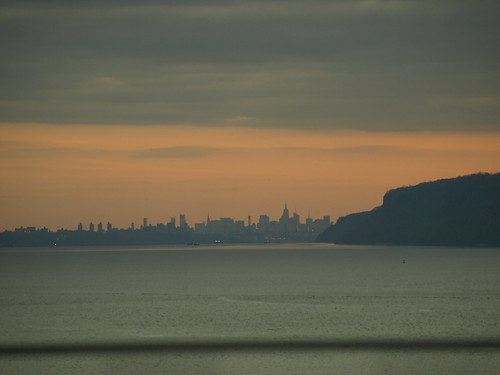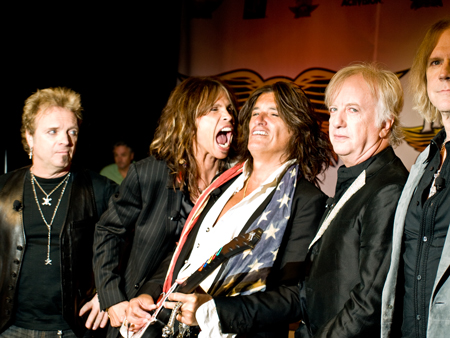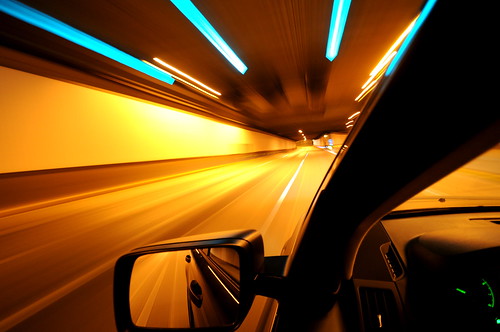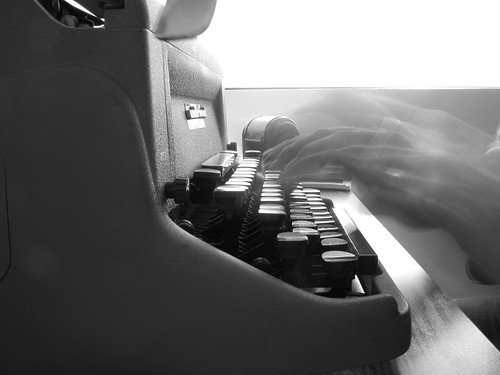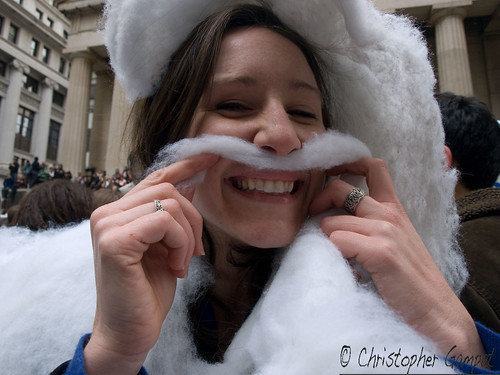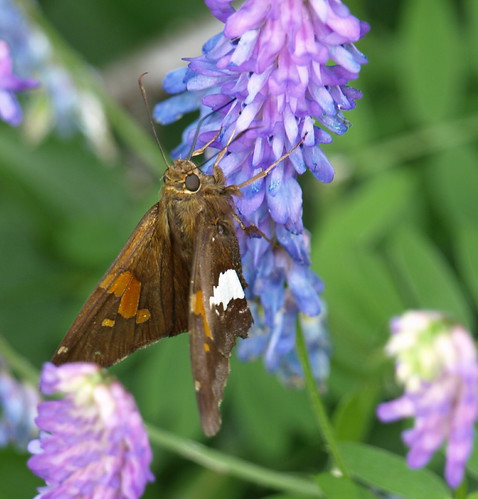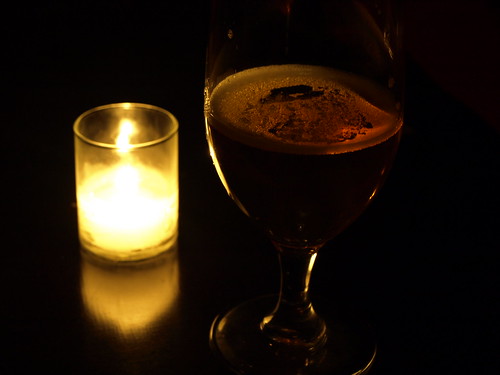Shooting sunsets is something that isn’t as easy as one would think. Keep in mind that you can’t always be in the right spot at the right time to consistently be able to get those dreamy, beautiful shots. Also remember that sunsets only last for a little while at a time and that the sun continues to go down into the horizon until it isn’t visible anymore. With all this going against you, here are some tips for photographing those beautiful sunsets.
Shoot Wide, Crop Later
Shooting wide allows you to get a view of the entire sky. Depending on the timing, it can also show how the light is hitting the surrounding areas. If you shoot wide first, you’ll be able to fix the shot later in post-production where you can recompose how to wanted it to look. Most consumer zoom lenses close the aperture up as you zoom in. This can create an unbalanced shot depending on how you are metering what’s in front of you. In my experience, primes do the best in this situation.
Part of this also depends on your own positioning to take the shot. Similarly in shooting fireworks, your position to accomplish the type of shot that you want is critical because the sunset happens quicker than you’d think.
Set Your Depth of Field Correctly, Use Neutral Density Filters
While shooting your picture, keep in mind your vision. Do you want the entire sky in focus such as in the picture above? Or perhaps you’d like the sunset to be nothing else but blurry and beautiful bokeh like the first shot in this posting. Either way, figure that all out is worth it in order to save time and getting your shot perfect.
Additionally, you may want to try a neutral density filter. ND filters allow for a shallower depth of field. If the sunset is above water, the ND filter will allow for a slower shutter speed in order to achieve a really slow and milky water effect. Other ideas could be perhaps setting your camera to take the picture at different temperature or exposure brackets. When it’s all done with, you can combine the photos in Photoshop to look exactly the way you want it to. While ND filters will slow down your shutter-speed, generally try to keep it fast enough to not get an overexposed picture or the sun trailing. Additionally, shoot at the widest aperture that you can.
You Don’t Always Need the Sun To Make a Nice Shot
Yes, despite the fact that you are shooting a sunset your viewers can know that you are doing it without shooting the sun. In the above two shots you don’t see the sun at all but you can easily tell that the sun is going down. Instead, the focusing is on different areas that work for the shot because of positioning and saturation of colors. Everyone that looks at those shots always says, “Nice sunset.” or something else along the lines.
If You Can’t Get the Sun, Get the Surrounding Sky
A great example of this is what you may have seen in the news recently with the clouds. Every now and then, the sky will literally turn into a pinkish color that is very saturated and almost orangish-red. We get this every now and then in New York City and it’s quite lovely but also very scary too because you sometimes don’t know what is really going on. But if you just shoot the sky with buildings in front or trees of some sort you can achieve a very lovely shot.
What About Your Tips?
Do you have some sunset tips to add? Let us know in the comments or feel free to share your shots in the forum.

